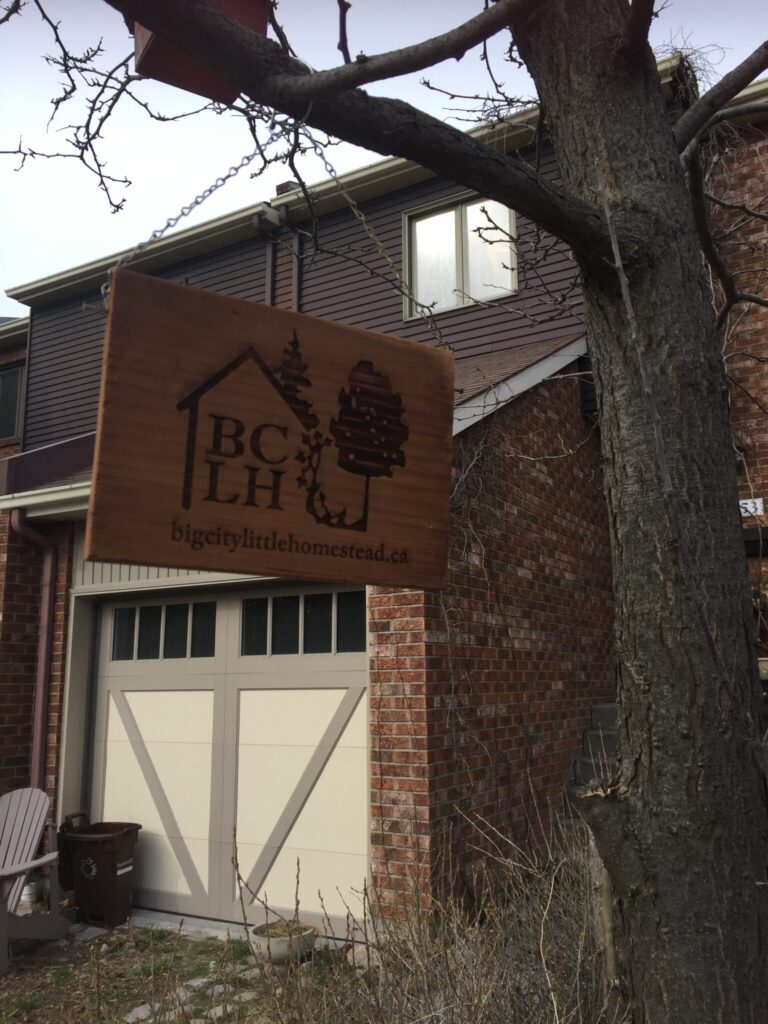In this post, lower down, we’re gonna build a Mason bee house.
Pollinating flowers is a serious job. In fact, in places where pollinators have been killed off by environmental toxins, people are employed to do it. (That means a government might see it as an advantage to take a service nature does for free, and turn it into something people have to be paid to do.)
For this reason, the third week of June every year we have Pollinator Week. Its aim is promote and support pollinator abundance and diversity, in the interest of serving them better than we have (see environmental toxin above, but also, habitat loss!) – because Lord knows they serve us!
The Pollinator Partnership created this event. They have tons of information about pollinators and what we can do to be as hospitable to them as possible. And it’s not just about bees: “Birds, bats, bees, butterflies, beetles, and other small mammals that pollinate plants are responsible for bringing us one out of every three bites of food.” (Even rats have demonstrated a role in pollination.)
Never mind an existential necessity for us humans; that’s a lot of economic value.
Continue reading






